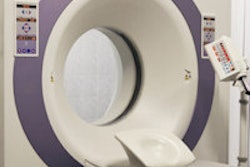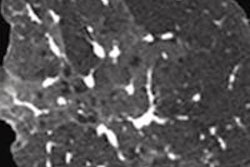Wednesday, December 3 | 3:40 p.m.-3:50 p.m. | SSM08-05 | Room E353A
In this presentation, researchers from the University of Illinois will discuss how a prediction algorithm can determine the effectiveness of yttrium-90 (Y-90) selective internal radiation therapy (SIRT).Y-90 SIRT is a very expensive and technically demanding procedure that requires close collaboration between different specialties such as interventional radiology, surgical oncology, medical oncology, nuclear medicine, medical physics, and radiation safety, said senior author Dr. Yang Lu, PhD.
While the U.S. Food and Drug Administration (FDA) has only approved Y-90 SIRT for treating liver metastases from colorectal cancer, a number of off-label uses are emerging for other primary and secondary hepatic malignancies, including intrahepatic cholangiocarcinoma and hepatocellular carcinoma, as well as liver metastases from lung, ovarian, and breast cancer, Lu said.
Seeking to improve upon the shortcomings of current imaging-based methods for measuring response, the researchers sought to create an algorithm that could provide objective and precise quantitative characterization of lesions. After determining the best imaging biomarkers, the group developed a prediction algorithm based on pretherapy FDG-PET/CT image biomarkers such as maximum standardized uptake values (SUVmax), SUVmax/SUVliver ratio, metabolic tumor volume, longest tumor diameter, lesion density, lesion number, and the location and presence of extrahepatic lesions.
The technique is capable of determining the effectiveness of Y-90 SIRT in patients with primary and metastatic liver cancers, Lu said.
"We are developing a novel methodology that can assist clinicians in choosing patients who may best benefit from Y-90 SIRT based on pretherapy FDG-PET/CT," Lu added. "This is still a work in progress that needs to be validated in larger case studies."
Learn all about their work by attending this talk, which will be presented by first author Rahul Mehta.




















